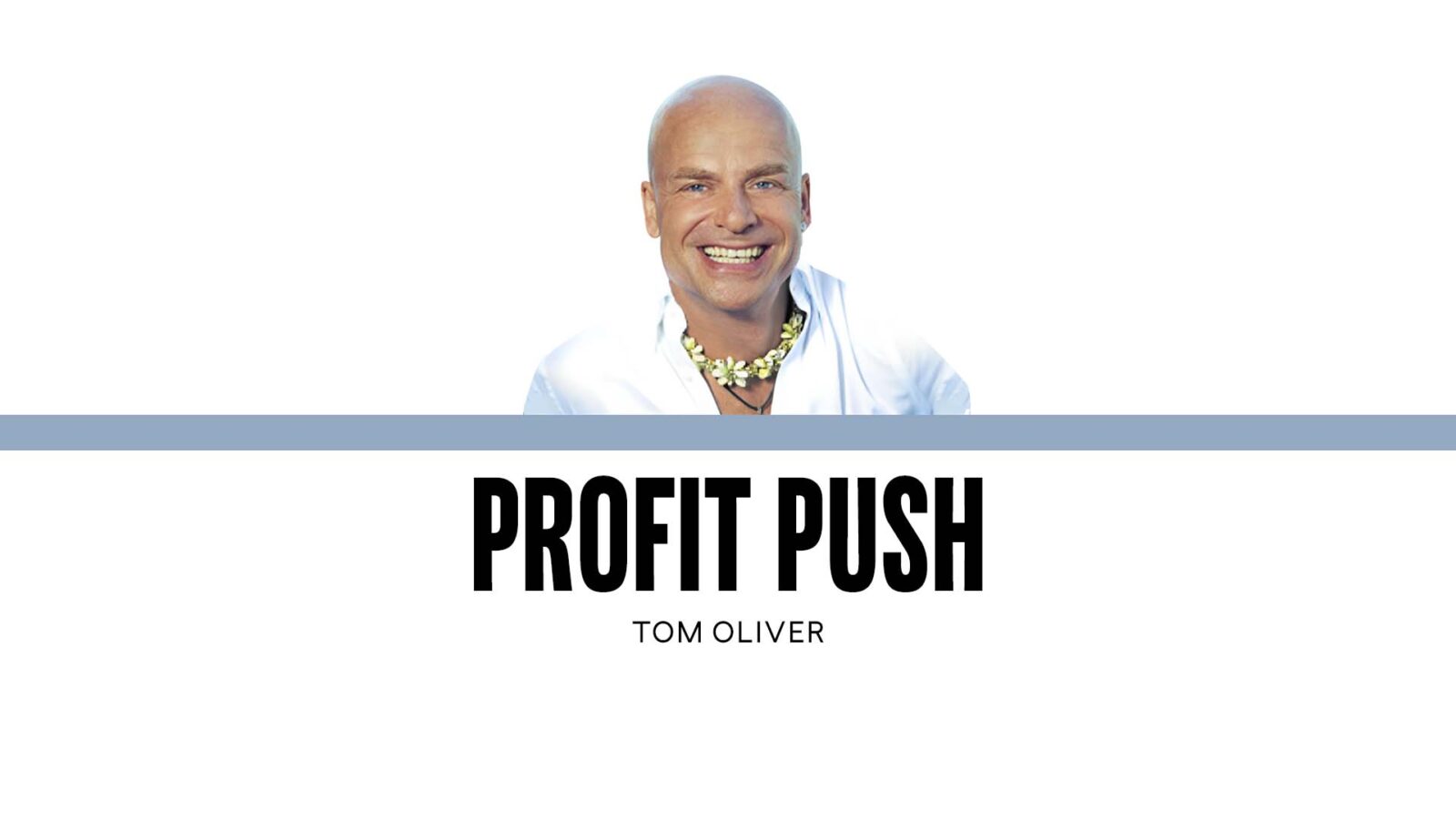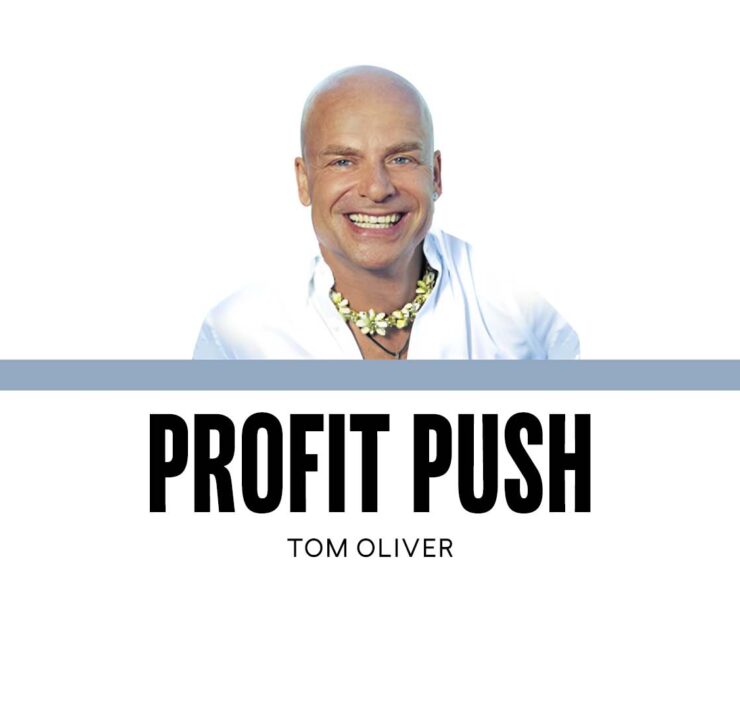The founder’s dilemma: When to let go and when to hold the reins

In family businesses and founder-led empires, one of the most dangerous illusions is that the leader will always be around. In many of the global business families I’ve advised, there’s an unspoken belief that the founder is invincible—that they will keep steering the ship forever. But that illusion comes at a high cost.
Founders are often the engine of a business. But over time, they can also become the emergency brake. Knowing when and how to let go is one of the hardest—and most essential—decisions a founder will ever make.
The unspoken myth: “I will always run the business”
The elephant in the room in many family enterprises is the founder’s reluctance to confront their own mortality—or even just the natural limits of their leadership tenure. There’s a subconscious myth at play: “I will live forever.” Or at least: “I will always be the one in charge.”
That mindset creates paralysis. Succession planning gets postponed. Critical transitions are avoided. And what should be a well-executed handoff turns into chaos.
Case study No.1: The 90-year-old patriarch
In one prominent Middle Eastern family business I advised—a multi-brand empire with hundreds of millions in net worth—the founder was well into his 90s. Despite his age, he still came into the office nearly every day and was involved in nearly every aspect of the business, from strategy decisions to small operational approvals. The family saw him as a legend—a builder of empires, a man of vision. But behind the admiration was a growing, unspoken anxiety.
The deeper issue? There was no succession plan. Not even a conversation about it.
The founder’s wife, now in her 70s and with no formal business background, had begun attending meetings just to support him. She had no interest in running the business but felt obligated to protect her husband—and his legacy.
Meanwhile, the children— all adults—sat on the sidelines, increasingly frustrated but afraid to speak up.
Despite their concerns, no one dared address the situation. The founder’s mindset was clear, even if never said aloud: “I will always be in charge.”
And so the business drifted into stagnation. Key executives became disengaged, decisions slowed down and opportunities were missed. What the business desperately needed was for the founder to step into a true chairperson’s role—a role that would allow him to mentor the next generation and preserve the vision while empowering others to lead. But that never happened.
The real tragedy was this: emotionally, he couldn’t disconnect. His identity was tied so closely to his role that stepping aside felt like a personal death. What will happen when he passes? Chaos.
No one outside the founder truly understands the financial structure. Even some of the top executives are in the dark. Without a defined successor or clear plan, the family will be left scrambling. There is a high likelihood of in-fighting, loss of control, legal complications and even fraud. The very people the founder trusted for decades may take advantage of the vacuum.
What should have been a carefully preserved legacy—passed on with clarity, dignity and structure—is now headed toward internal collapse.

Case study No. 2: The invisible hand of leadership
In another US-based family business I advised, the founder had technically handed over the CEO role to his son. The official narrative was that the next generation was in charge. But the reality? The founder was still the shadow leader.
The son acted more like a chief operating officer, constantly second-guessed and rarely allowed to make strategic decisions independently. Team members didn’t know who to follow. Vendors received mixed messages. And externally, the market began to see the company as disjointed.
Privately, the son shared his frustration—and exhaustion. He wanted to take the reins fully, but he knew that any wrong move would be reversed behind closed doors.
Ironically, the father was far happier during his time off—when he was traveling, at the seaside, or enjoying nature. But emotionally, he couldn’t release control. His identity was so fused with the business that stepping away felt like losing a limb.
With our guidance, we restructured the family’s governance model. The founder transitioned into a true chairperson role. Weekly “alignment huddles” gave the son space to lead while receiving mentorship, not micromanagement. Slowly, the organization began to breathe again—and results followed.
Case study No.3: The illusion of authority
In many of the family businesses I’ve worked with, I’ve seen a recurring pattern: the next generation carries impressive titles—but holds no real power.
They’re named CEO, board member, managing director. Their photos appear in the annual reports and their names are on the org chart. But behind the curtain, every major decision still runs through the patriarch. The founder still controls who gets hired, what gets approved and where capital flows. The next generation becomes highly-paid figureheads—expected to smile for the cameras but not make any waves.
One striking case was a Brazilian multibillion-dollar conglomerate I advised. The founder had built a sprawling empire from scratch. His two daughters, both in their early 30s, were officially board members. Educated at elite institutions and committed to modernizing the business, they were the future of the company—at least on paper.
But behind closed doors, they still had to go to their father for money like 15-year-olds asking for weekend allowance. They couldn’t approve meaningful budgets. Every significant initiative had to go through him. Their decisions were constantly overridden or delayed. The message was loud and clear: you may have the title, but I still hold the reins.
This is one of the most dangerous illusions in family businesses: thinking succession has happened just because the titles have changed. Real succession is about decision-making power, accountability and trust—not symbolic gestures.
Denial, delay and DIY: The 3 deadly mistakes
In founder-led businesses, three mistakes are especially common:
• Denial: Pretending the issue of succession doesn’t exist until it’s too late.
• Delay: Telling yourself you’ll get to it “next year”—again and again.
• DIY thinking: Believing “we can handle this ourselves” and avoiding external advisors who could provide clarity and structure.
3 to thrive: The founder’s transition playbook
• Redefine your role: Move from operator to strategist. From manager to mentor. Embrace the chairperson role. And do it publicly, clearly and completely.
• Empower with real authority: Give the next generation more than a title. Give them the decision-making rights, full operational trust and your visible endorsement.
• Bring in external advisors: Don’t navigate this alone. Outside experts can offer perspective, structure and neutrality—the very things most families struggle to create from within.
Tom Oliver, a “global management guru” (Bloomberg), is the chair of The Tom Oliver Group, the trusted advisor and counselor to many of the world’s most influential family businesses, medium-sized enterprises, market leaders and global conglomerates. For more information and inquiries: www.TomOliverGroup.com or email Tom.Oliver@inquirer.com.ph.


















